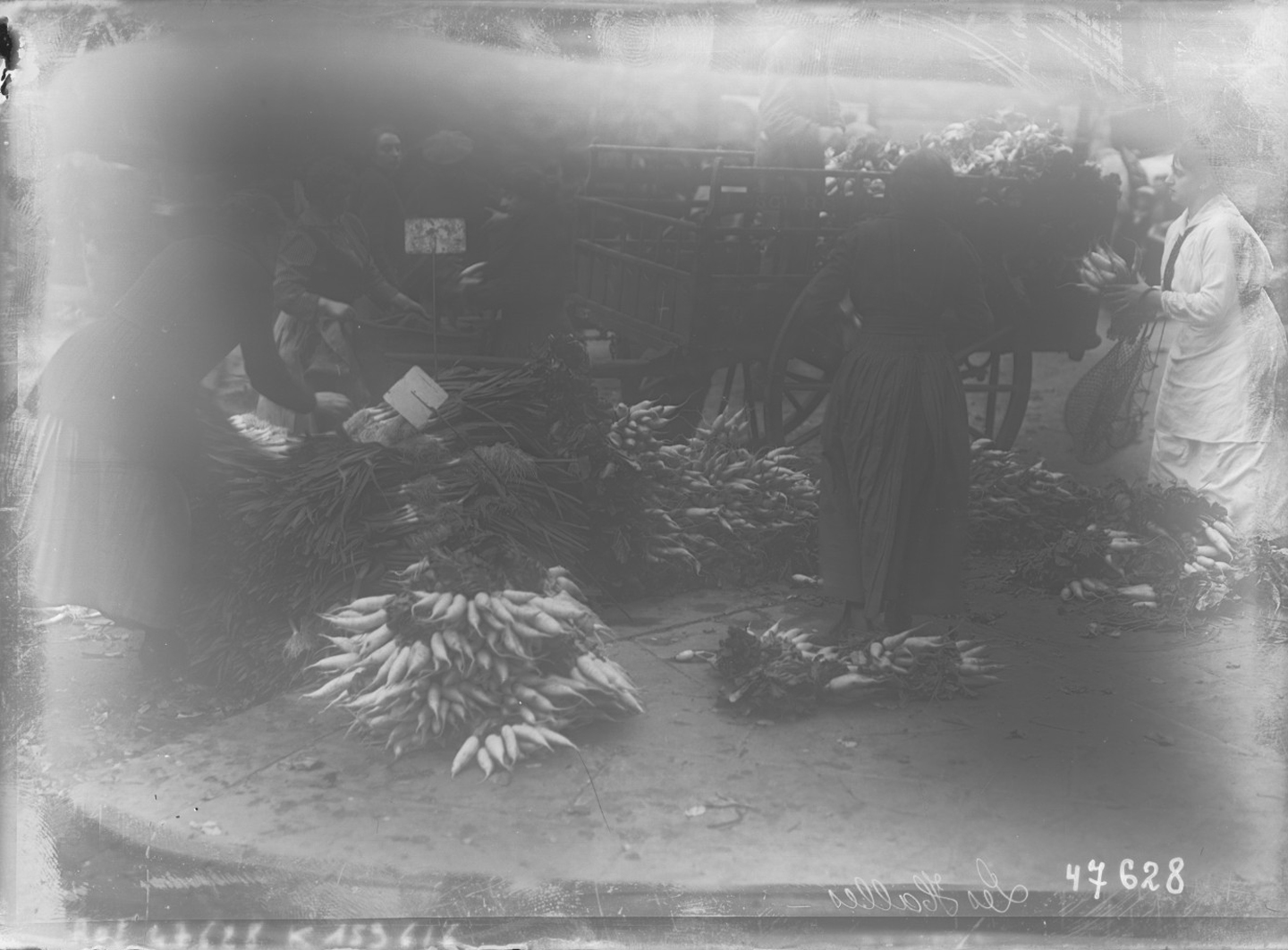Callimachus (Sixth Hymn to Demeter, 3rd century BC) and Ovid (Metamorphoses 8, 1st BC and 1st AD) are the primary ancient sources for this myth.
Jean Delumeau, La Peur en Occident (XIVe-XVIIe siècles): Une Cité Assiégée (Paris: Fayard, 1978), 164.
Ibid.
Piero Camporesi, Bread of Dreams: Food and Fantasy in Early Modern Europe, trans. David Gentilcore (Cambridge: Polity Press, 1989), 56. For a contemporary understanding of the ways famines intersect with architecture, see Ateya A. Khorakiwala, The Well-Fed Subject: Modern Architecture in the Quantitative State, India (1943-1984), Doctoral dissertation (Harvard University, Graduate School of Arts & Sciences, 2017).
Michel Foucault, Discipline and Punish: The Birth of the Prison, trans. Alan Sheridan (New York: Vintage, 2012), 195.
Pierre Goubert, Louis XIV et Vingt Millions de Français (Paris: Fayard, 1991), 272.
Marcel Lachiver, Les Années de Misère: La Famine au Temps du Grand Roi, 1680-1720 (Paris: Fayard, 1991), 356.
Camporesi, Bread of Dreams, 127.
Lachiver, Les Années de Misère, 354.
Camporesi, Bread of Dreams, 127.
Delumeau, La Peur en Occident, 163.
Camporesi, Bread of Dreams, 127.
See: Agustí Nieto-Galan, Mr Giovanni “Succi Meets Dr Luigi Luciani in Florence: Hunger Artists and Experimental Physiology in the Late Nineteenth Century,” Social History of Medicine 28, 1 (February 2015): 64–81; also: Jenny Edkins, Whose Hunger?: Concepts of Famine, Practices of Aid (Minneapolis: University of Minnesota Press, 2000), 15-41.
The north wing of the palace is entirely fictional, while the open square in front of the building is devoid of all the constructions that were built there at the time.
Louis-Sébastien Mercier, L'An Deux Mille Quatre Cent Quarante. Rêve s'il en fut jamais (London, 1771), Chapters 8, 14, 23.
See: Etlin Richard, “L'air dans l'urbanisme des Lumières.” Dix-huitième Siècle, Le Sain et le Malsain 9 (1977): 124. Also: Nikolaus Pevsner, A History of Building Types (Washington: Thames and Hudson,1976), 146.
See: Sabine Barles, “La Pédosphère Urbaine : Le Sol de Paris XVIIIe-XXe Siècles” (PhD diss, École Nationale des Ponts et Chaussées, 1993), 91–123.
Fernand Braudel, Capitalism and Material Life, 1400-1800, trans. Miriam Kochan (London, Weidenfeld and Nicolson, 1973), 437.
Boudon Françoise, “La Salubrité du Grenier de l'Abondance à la fin du 18e siècle.” Dix-huitième Siècle, Le Sain et le Malsain, 9, (1977): 171-180.
Steven Laurence Kaplan, Les Ventres de Paris: Pouvoir et Approvisionnement Dans la France d'Ancien Régime, trans. Sabine Boulonge (Paris: Fayard, 1988), 92–93.
Mark K. Deming, La Halle au Blé de Paris: 1762-1813: “cheval de Troie” de l'abondance dans la capitale des Lumières (Bruxelles: Archives d'architecture moderne, 1984), 58.
At least, this was La Reynie’s argument when he opposed the grain merchants' request for the construction of a roof, claiming that if the merchants did not have to fear the rain, they would be in no hurry to sell and prices would inevitably rise. See Léon Bernard, The Emerging City: Paris in the Age of Louis XIV (Durham, NC: Duke University Press, 1970), 253.
Deming, La Halle au Blé de Paris, 116.
About the Halle au Blé, its role in relation to hospitals, grain circulation and hygiene see: Meredith TenHoor, “Architecture and Biopolitics at Les Halles,” French Politics, Culture & Society 25, no. 2 (2007): 73–92; Meredith TenHoor, "Markets and the Food Landscape in France, 1940–72," Dumbarton Oaks Colloquium on the History of Landscape Architecture 36 (2015): 333–351.
This essay was supported by the Onassis Foundation, Scholarship ID: F ZQ 055-1/2020-2021.
